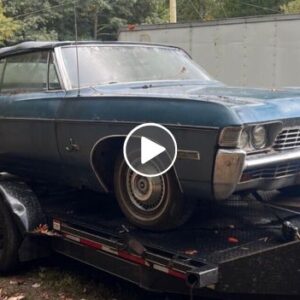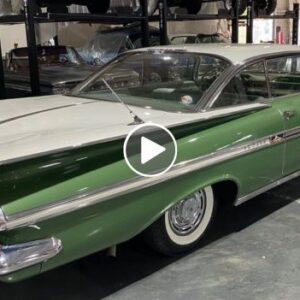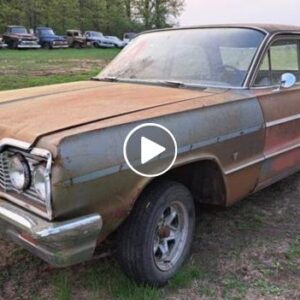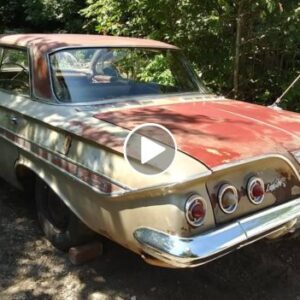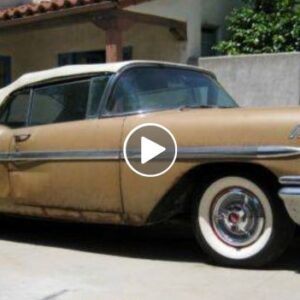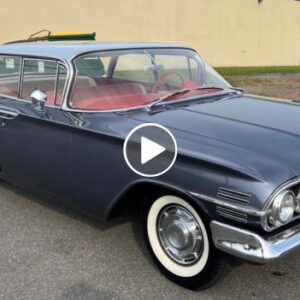1. Vaughan Williams: The Lark Ascending (1914)
A silvery solo violin line flutters and darts, reaching up ever higher above the orchestra’s hushed, held chord. There’s no other opening quite like it for instant atmosphere, as Vaughan Williams deftly depicts a lark as ‘he rises and begins to round’.
Completed in 1914, the British composer’s pastoral romance for violin and orchestra is an evocation of the ‘seraphically free’ song of the skylark, inspired by George Meredith’s poem of the same name. Its purity and grace give it a timeless quality, and it’s become one of the most well-known of classical works. We named it one of the best pieces of violin music ever
Recommended recording:
Tasmin Little, BBC Philharmonic/Andrew Davis Chandos CHAN10796
2. Respighi: The Birds (Gli uccelli) (1928)
A real-life nightingale, well, a recording of it at least, appears in Respighi‘s 1924 Pines of Rome. And the song of the nightingale also puts in an appearance in his neo-classical suite, The Birds, in which birdsong meets Baroque, as written for a 20th-century orchestra.
The five-movement work also features a dove (La colomba), with a heartfelt oboe melody inspired by Jacques de Gallot, and the familiar call of the Cuckoo (Il Cucù). And if the chirpy Hen movement (La gallina) sounds familiar, that might be because it’s based on the same Rameau harpsichord work (The Hen, or La poule) that inspired Saint-Saëns for his ‘Hens and cockerels’ movement in Carnival of the Animals.
Recommended recording:
London Symphony Orchestra/Antal Dorati Soundmark Records 48229
3. Rautavaara: Cantus Arcticus (1972)
Why imitate birds in music when you can use the real thing? Rautavaara’s ‘concerto for birds and orchestra’, as it’s subtitled, uses taped birdsong throughout, taking Respighi’s idea one step further.
The Finnish composer headed off on a field trip to near the Arctic Circle (hence the title) and to the marshlands of Liminka in Northern Finland to record the calls of a whole host of birds. Listening to it is like stepping into an avian paradise, with the melancholy song of the shore larks as unforgettable as the migrating whooper swans. The bird calls are juxtaposed with a lush orchestral score.
Recommended recording:
Laura Mikkola (piano), Royal Scottish National Orchestra/Hannu Lintu Naxos 8554147
4. Jonathan Harvey: Bird Concerto with Pianosong (2003)
‘Indigo bunting, orchard oriole, golden crowned sparrow – these are some of the 40 colourful Californian birds whose songs and cries sparked the ignition of this work as I started it in the brilliant light of California,’ explained the British composer Jonathan Harvey.
In some ways, his Bird Concerto with Pianosong makes a contemporary companion piece to Rautavaara’s Cantus Arcticus. It opens with recorded birdsong, which is used in dialogue with the piano and chamber orchestra, echoing Rautavaara.
But Harvey’s use of electronic instruments (the pianist is also in charge of the birdsong samples on synthesiser) adds another dimension to the composition, as the calls are gradually transformed over the piece’s half-hour stretch.
Recommended recording:
Hideki Nagano (piano), Gareth Hulse (oboe) & Sound Intermedia (live electronics), Paul Archibald (trumpet) & Sound Intermedia (live electronics), Tim Gill (cello) & Sound Intermedia (live electronics), London Sinfonietta/David Atherton NMC NMCD177
5. Elgar: Owls (1907)
One of the stranger pieces inspired by birds, Elgar’s Owls is the fourth and final of a set of part-songs – and perhaps another of Elgar’s enigmas. Dedicated (somewhat improbably) to his daughter Carice’s Angora rabbit Peter, it sets a text that Elgar wrote himself and which seems to raise many more questions than it answers.
It talks of little more than dead leaves falling and rustling, and a crying ‘wild thing hurt in the night’. ‘What is it? … Nothing’, the refrain echoes, adding to the sense of unease created by the odd harmonies and sparse textures. ‘It is only a fantasy and means nothing,’ said the composer, ‘it is in a wood at night evidently and the recurring “Nothing” is only an owlish sound’.
Recommended recording:
Gabrieli Consort/Paul McCreesh Signum SIGCD490
6. Messiaen: Le merle noir (1952)
And finally we turn to the master of musical ornithology. The 20th-century French composer became an expert at notating birdsong, ranging from those heard in his home country to those on his travels, as far away as New Zealand. These meticulously notated calls found their way into much of his music, including the Catalogue d’Oiseaux (1950s) for solo piano and the 1953 Réveil des oiseaux.
But the piece that set him off on his avian adventure was Le merle noir. Written in 1952 as an audition piece for the Paris Conservatoire, this flute and piano work captures the song of the blackbird.
Recommended recording:
City of Birmingham Symphony Orchestra/Simon Rattle Warner Classics 5865252
